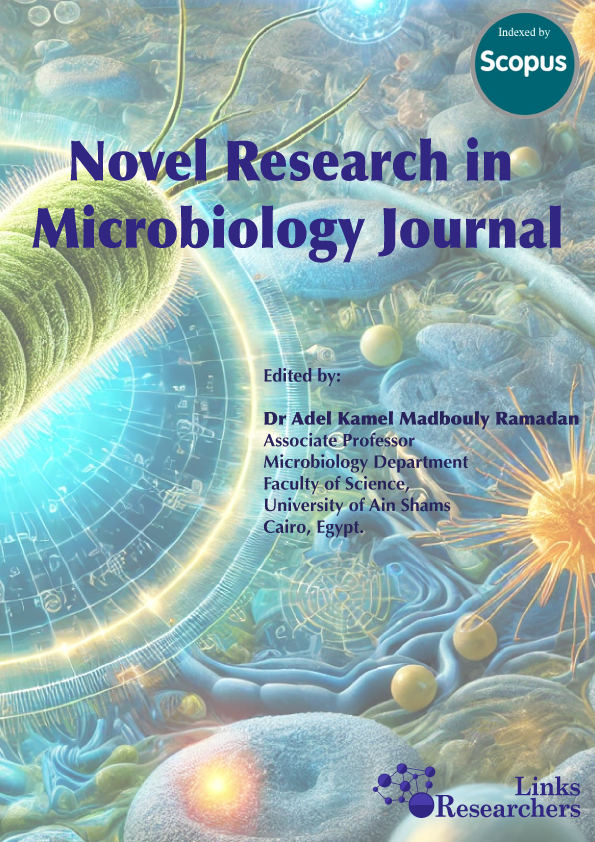Sponges-associated marine bacteria as sources of antimicrobial compounds
Novel Research in Microbiology Journal (2022), 6(5): 1742-1767
Sponges-associated marine bacteria as sources of antimicrobial compounds
Amal Nasser Alahmari1*; Shahira A. Hassoubah1; Bothaina Ali Alaidaroos1
ABSTRACT
Drug-resistant bacteria are considered to be a substantial risk to the public health. In recent years, a significant number of researches have focused on the marine environment as a promising, and underexplored source of compounds with remarkable bioactivities that might contribute to the battle against superbugs. The Red Sea environment is one of the richest and most interesting sources of natural products, which are widely used either in medicinal and/or nutritional fields. Furthermore, several studies have reported that marine sponges and their associated microorganisms; mostly bacteria, are abundant producers of bioactive compounds such as secondary metabolites. This mini-review aimed to discuss tens of secondary metabolites of various chemical classes that were generated by a variety of bacterial phyla associated with marine sponges, including Actinobacteria, Proteobacteria, Firmicutes, Bacteroidetes, and Cyanobacteria. Numerous secondary metabolites with antibacterial or antifungal efficacy have been recovered from marine bacteria derived from sponges; they have been used as potential sources of antimicrobial compounds and might be promising sources that can be exploited in the future for several pharmaceutical purposes.
To share on other social networks, click on any share button. What are these?





